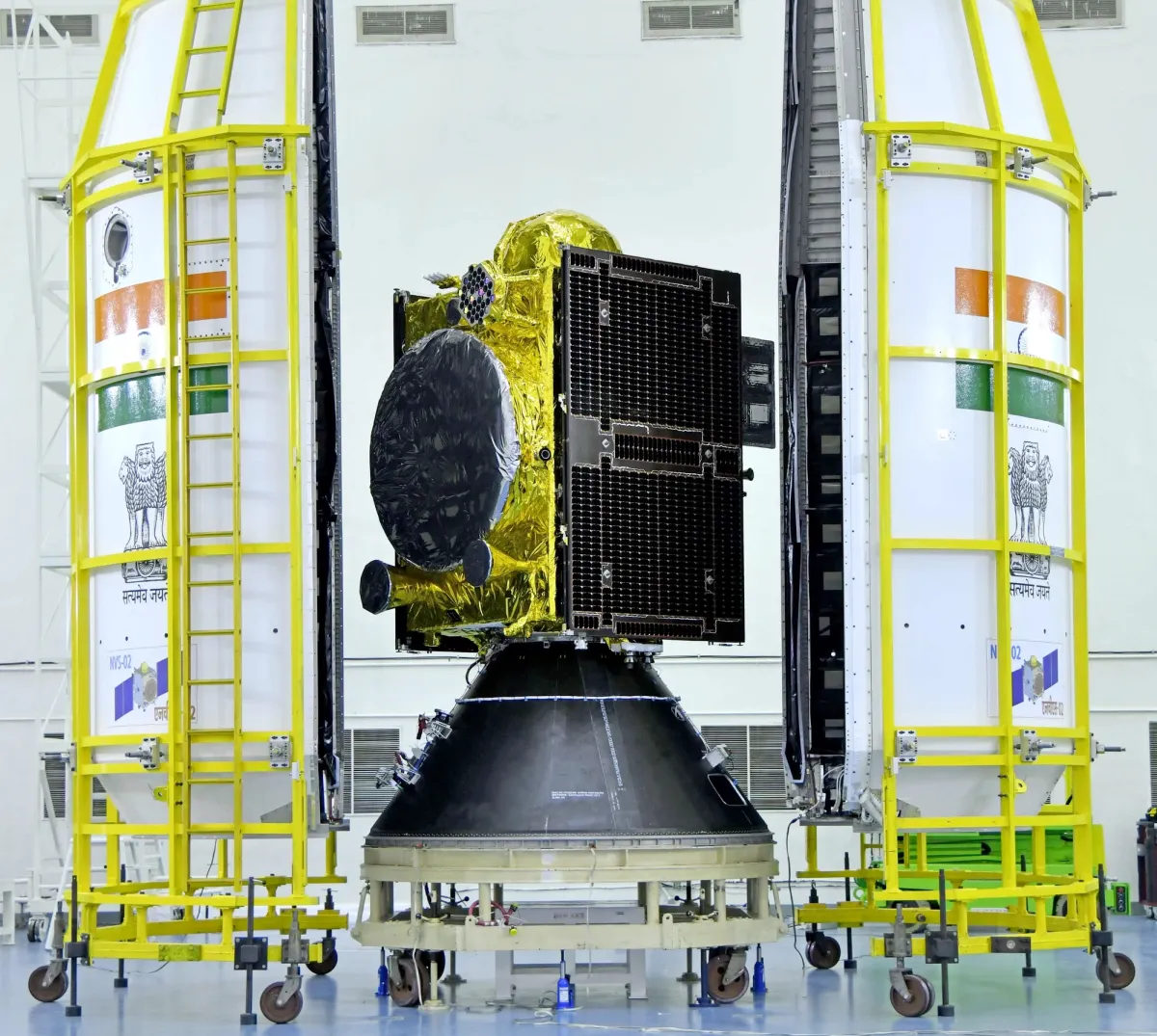India’s recently launched NVS-02 navigation satellite is stuck in a transition orbit after an on-board propulsion system failed. It may soon de-orbit and burn up in Earth’s atmosphere.

NVS-02 was launched on January 28, 2025, from the Satish Dhawan Space Center. The GLSV rocket successfully put it into a geo-transition orbit with a perigee altitude of 165 km and an apogee altitude of 26,577 km. The 2,250-kilogram vehicle would then engage its own thrusters to raise its perigee altitude and reach its planned geostationary position.
However, it never happened. According to a statement published on the Indian Space Research Organization (ISRO) website, the satellite’s oxidizer valves failed to open, and it was unable to activate its engines. As a result, it remained in geo-transition orbit.
In their statement, ISRO also said that the spacecraft’s other systems were working normally and it had successfully deployed the solar panels. Engineers are currently working on alternative strategies for using the satellite for navigation.
However, due to its low perigee, NVS-02 is in danger of rapid deorbiting due to high atmospheric resistance at such a low altitude. It is unclear whether the spacecraft has redundant propulsion systems that could raise the perigee enough to avoid re-entry in the near future.
NVS-02 was to take up a geostationary position at a point over 111.75 degrees east, replacing the IRNSS-1E spacecraft there. It is the second of five satellites in India’s NavIC program designed to provide positioning, navigation and timing services in India and the surrounding region. The first satellite, NVS-01, was launched in 2023, and it is now in geostationary orbit.
Earlier we reported on the maneuvers of two Indian satellites that were preparing for docking.
According to Spacenews


